A bath brush is a bathing tool used to cleanse the body, remove dead skin, and stimulate circulation. It typically consists of a brush head made of bristles or silicone particles and a handle. Designed to reach hard-to-reach areas, such as the back, it also helps remove dead skin cells from the skin's surface through gentle friction, leaving it smoother and more refined. Bath brushes come in a variety of materials, including natural boar bristles, soft nylon, and mildew-resistant silicone, to suit different skin types. Firmer bristles are ideal for deep cleansing those with thicker skin, while softer bristles are gentler and suitable for daily use on sensitive skin. When using a bath brush, use shower gel or scrub and gently massage the skin with circular motions. This not only enhances cleansing but also stimulates circulation, leaving skin feeling refreshed and clear after a shower. However, be careful to control pressure to avoid excessive friction that may cause redness or damage. This is especially important if you have acne-prone skin or open wounds. Remember to rinse thoroughly and air dry after each use to prevent bacteria from growing in a moist environment. Proper and consistent use of a shower brush not only improves rough skin but also allows for better absorption of subsequent body lotions.
The proper care and maintenance of a shower brush directly impacts its lifespan and cleaning effectiveness. If improper cleaning and storage are not done properly, the bristles can easily harbor dirt and even bacteria, which can be detrimental to your skin. After each use, rinse the bristles thoroughly with clean water to ensure that any residual shower gel, dandruff, or dead skin cells are removed. If the bristles are densely packed, gently spread them with your fingers to prevent dirt from accumulating. If bacterial growth is a concern, regularly soak them in mild soapy water or a diluted disinfectant (such as alcohol or white vinegar) for a few minutes, then rinse thoroughly and air dry.
Bath brushes are particularly sensitive to moisture; retained moisture can lead to mold growth, especially on brushes with natural boar bristles or wooden handles. After rinsing, shake thoroughly to dry and allow them to air dry in a well-ventilated area, avoiding direct sunlight (prolonged exposure to the sun can harden the bristles or crack the handle). Avoid simply discarding them in a corner of the bathroom or in a sealed shower basket, as these can easily cause mold to form.
If the bristles are deformed or falling off, or if the silicone brush head is cracked, it means the brush is aging and its cleaning effectiveness will be greatly reduced, and it may even irritate the skin. It is generally recommended to replace it every 3 to 6 months, depending on frequency of use and maintenance.


 En
En
 English
English Français
Français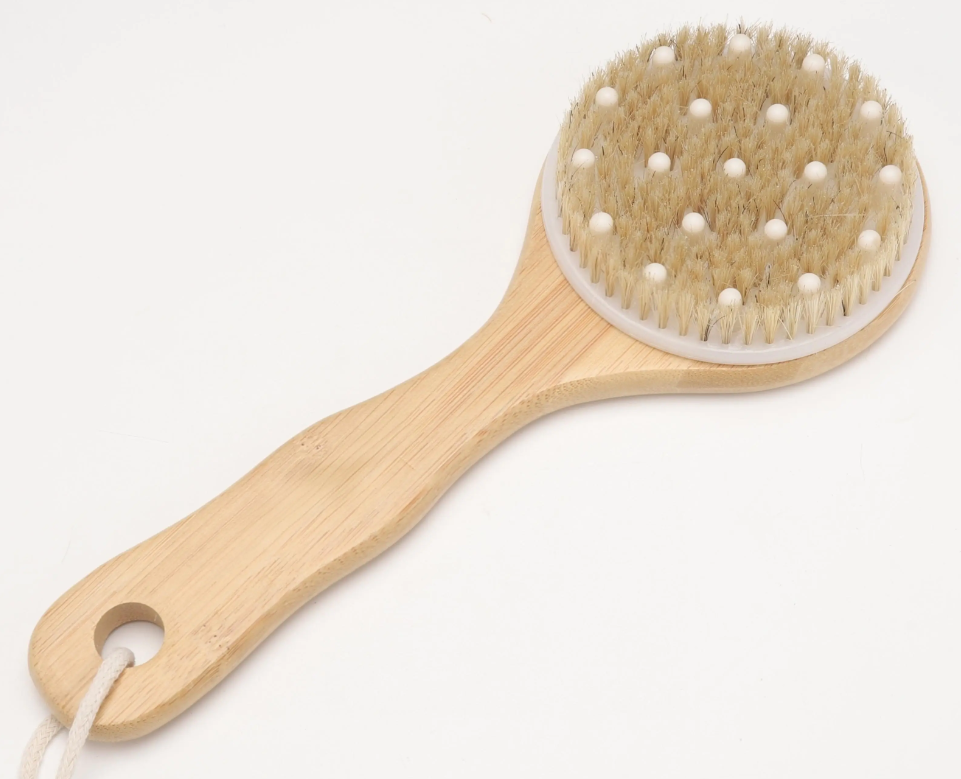

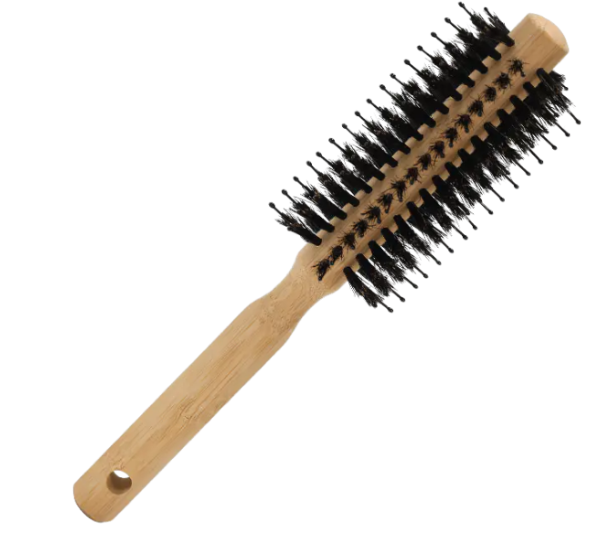
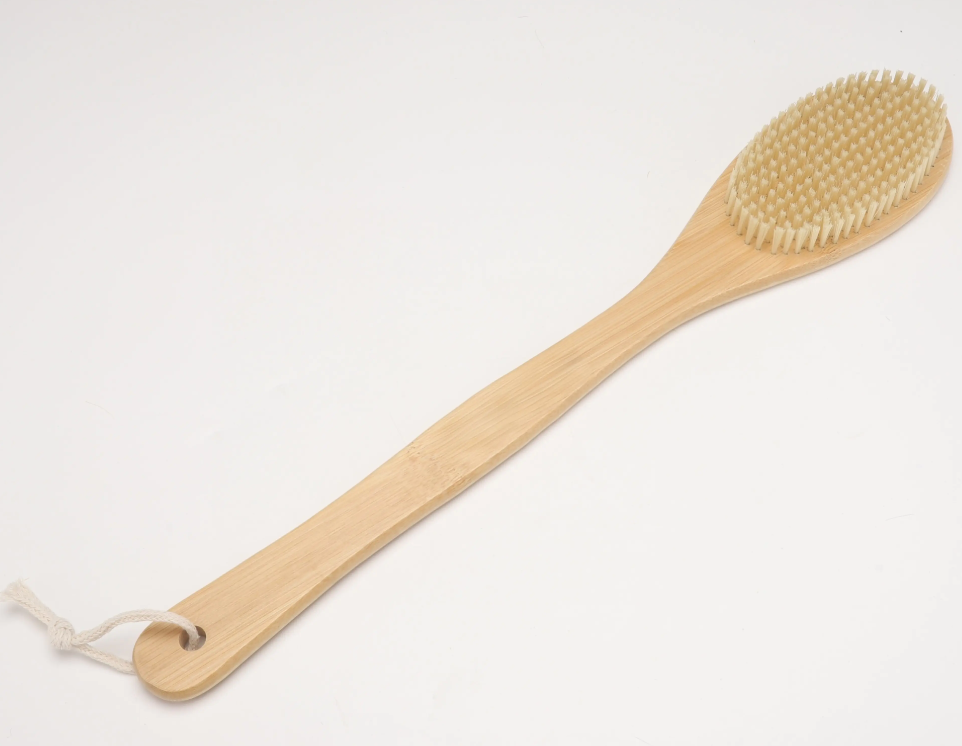
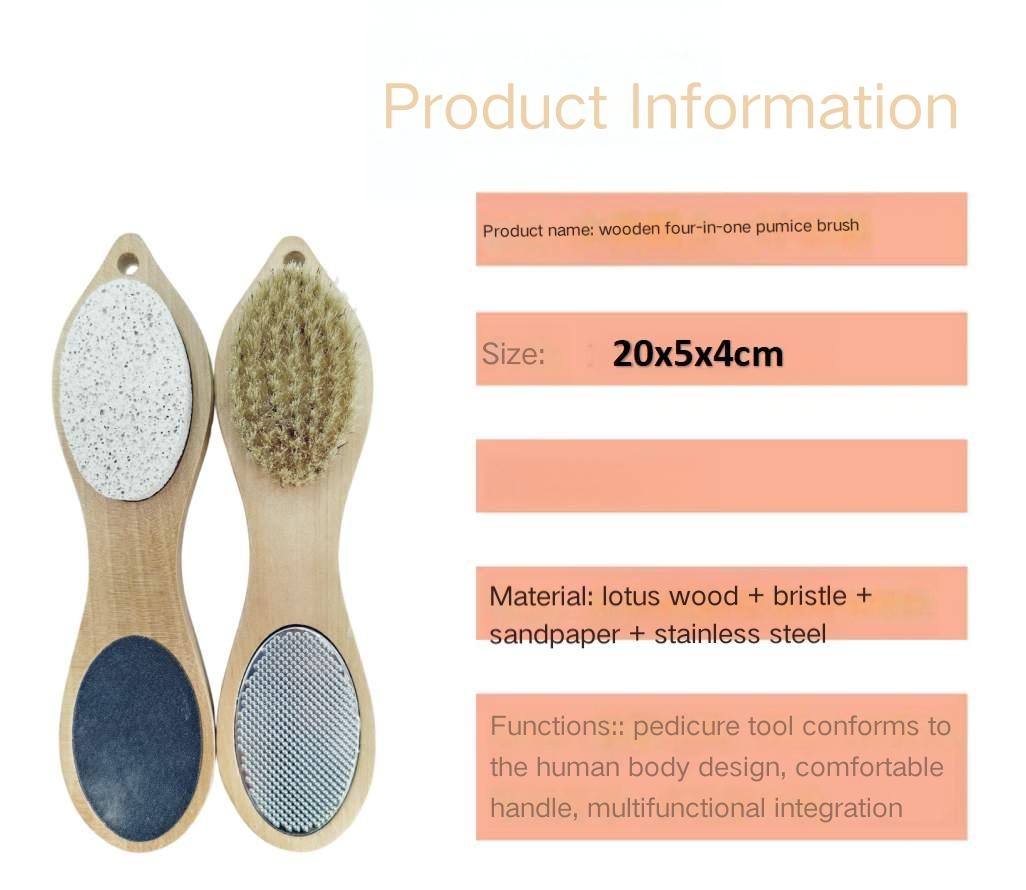
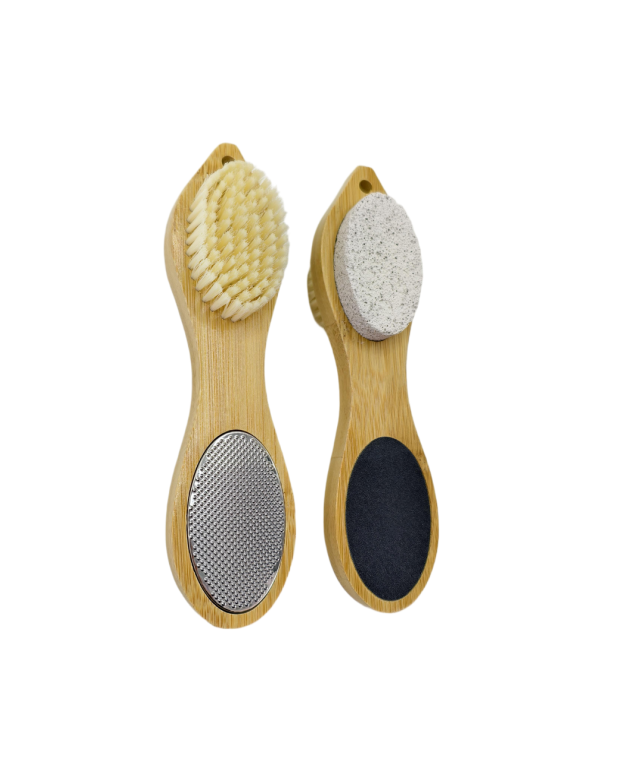
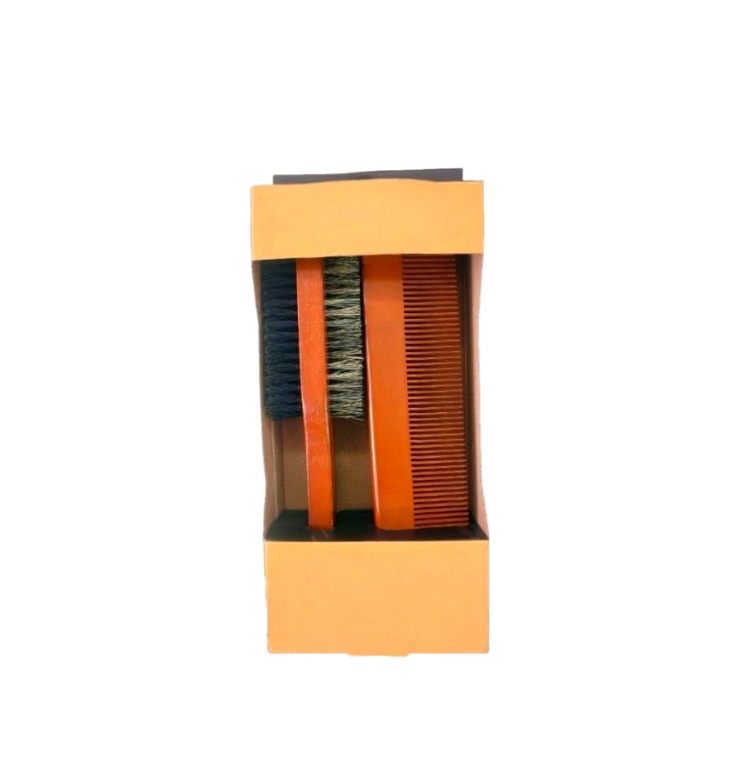
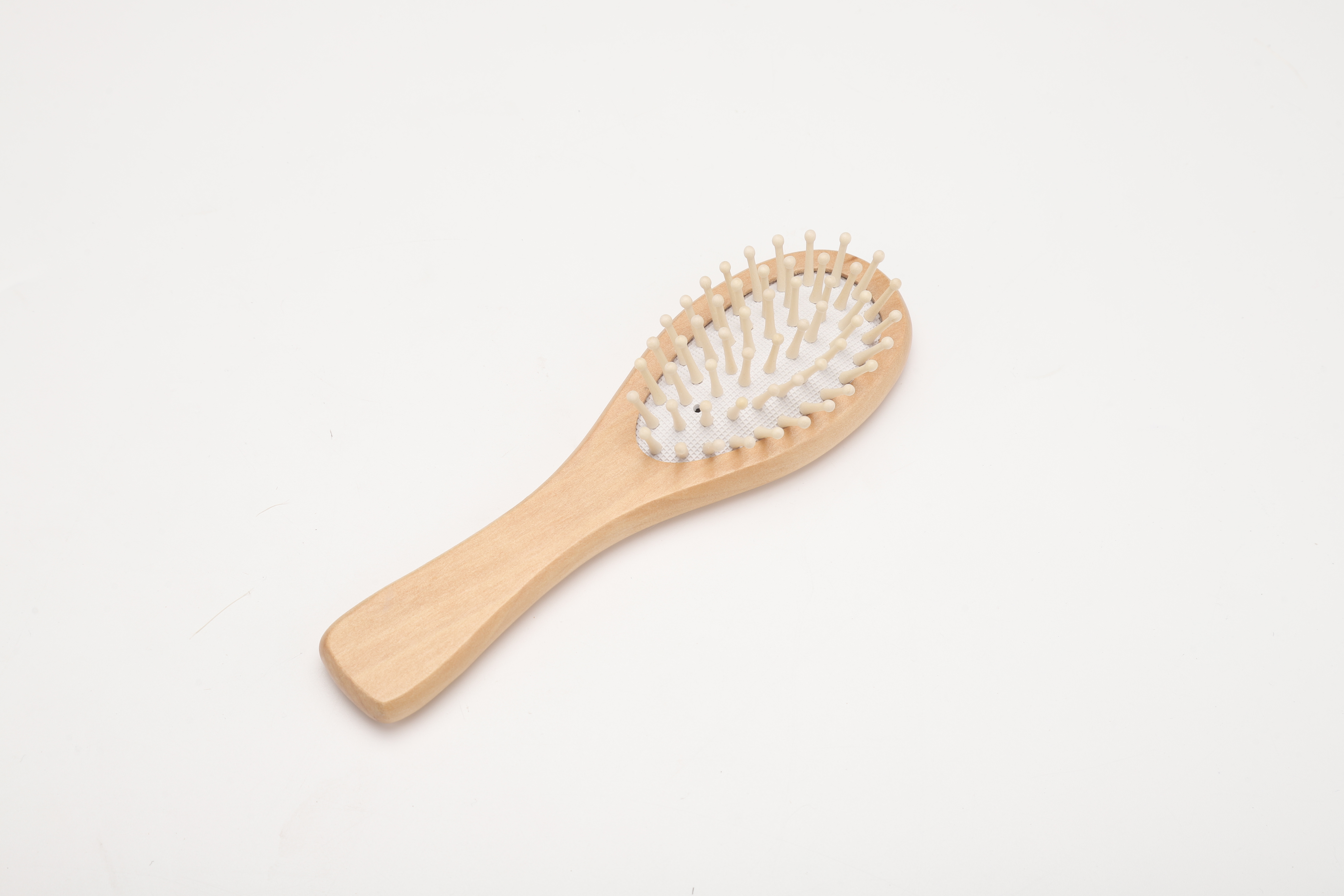
.png)
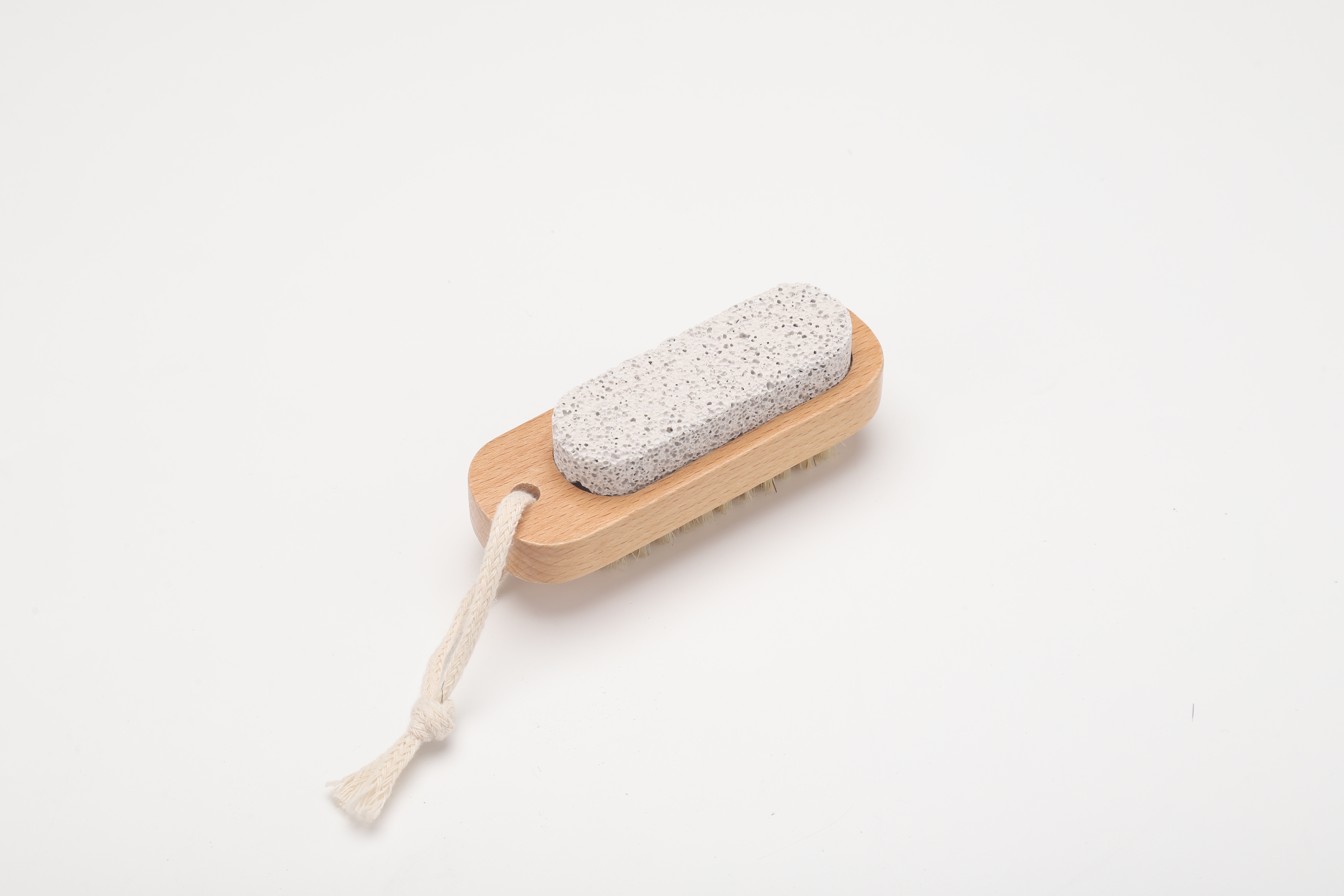

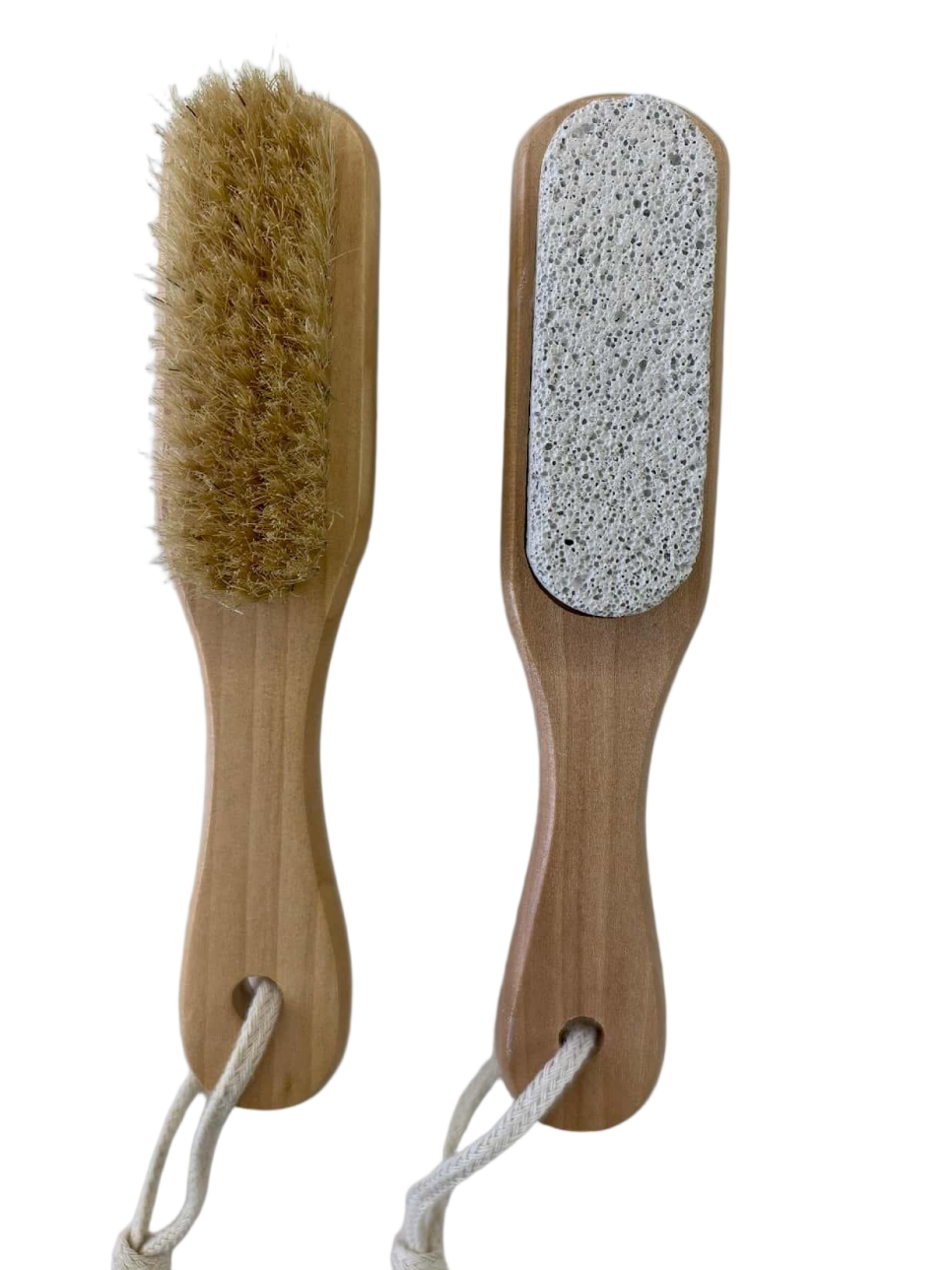
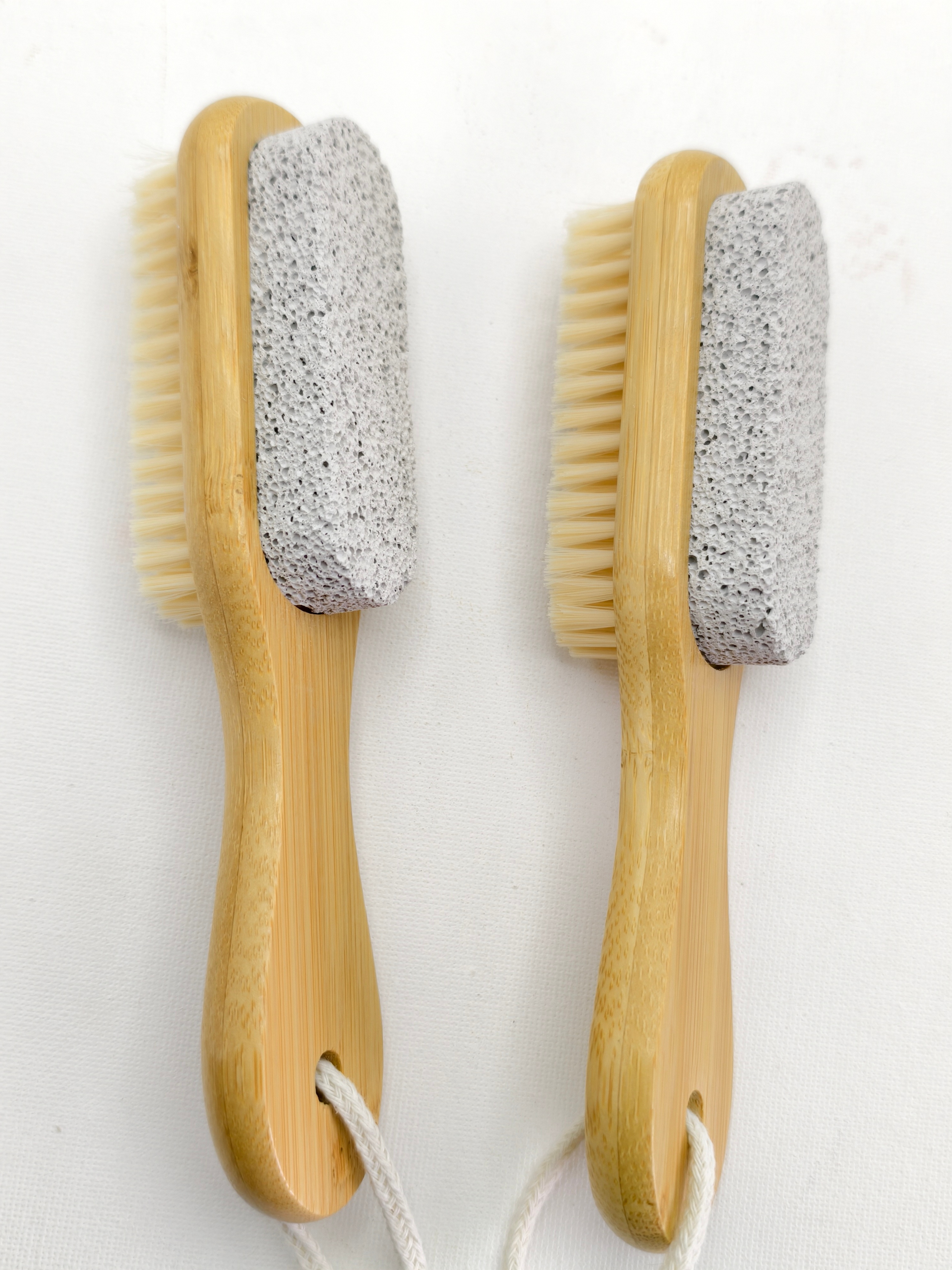
.jpg)
.jpg)





